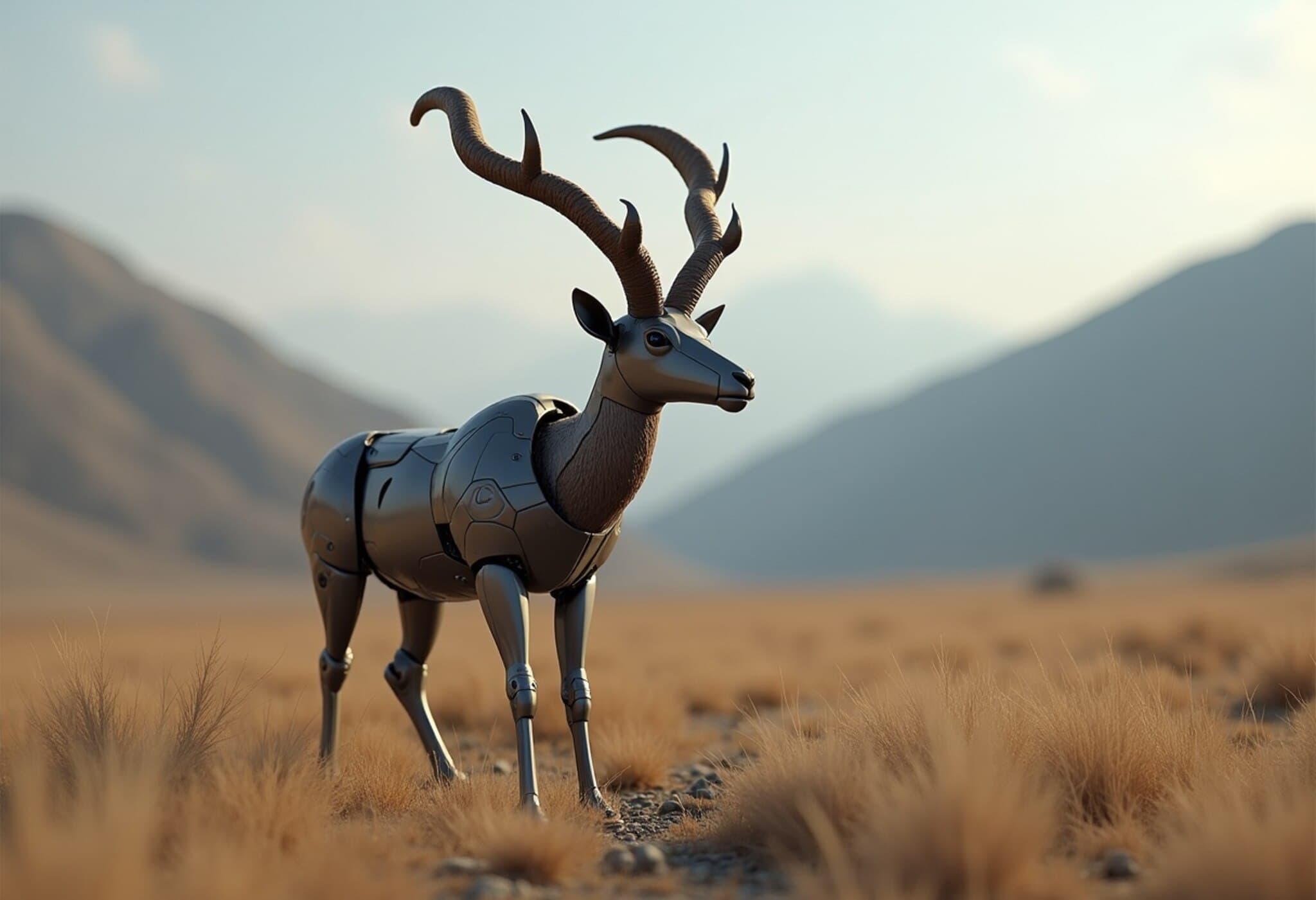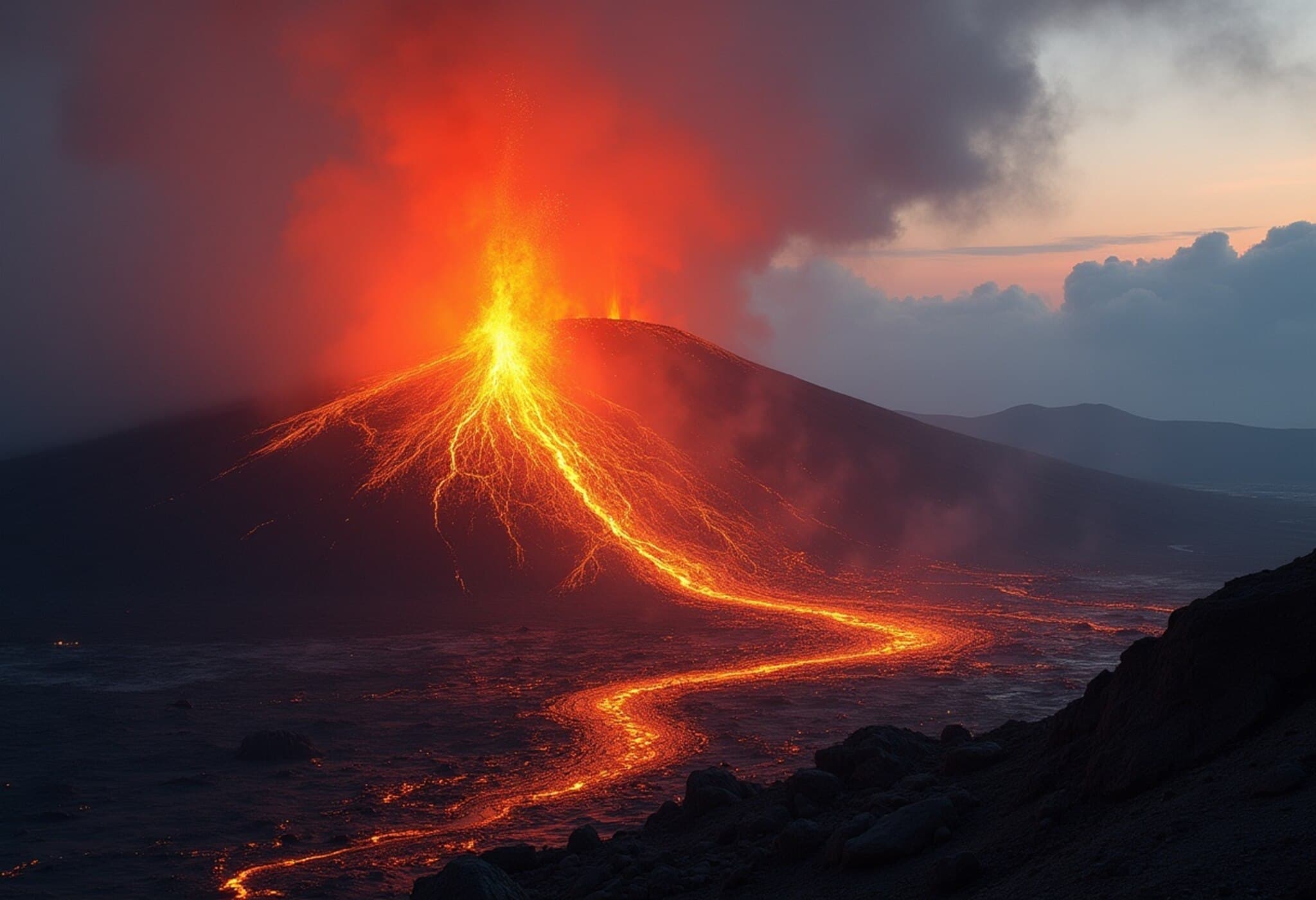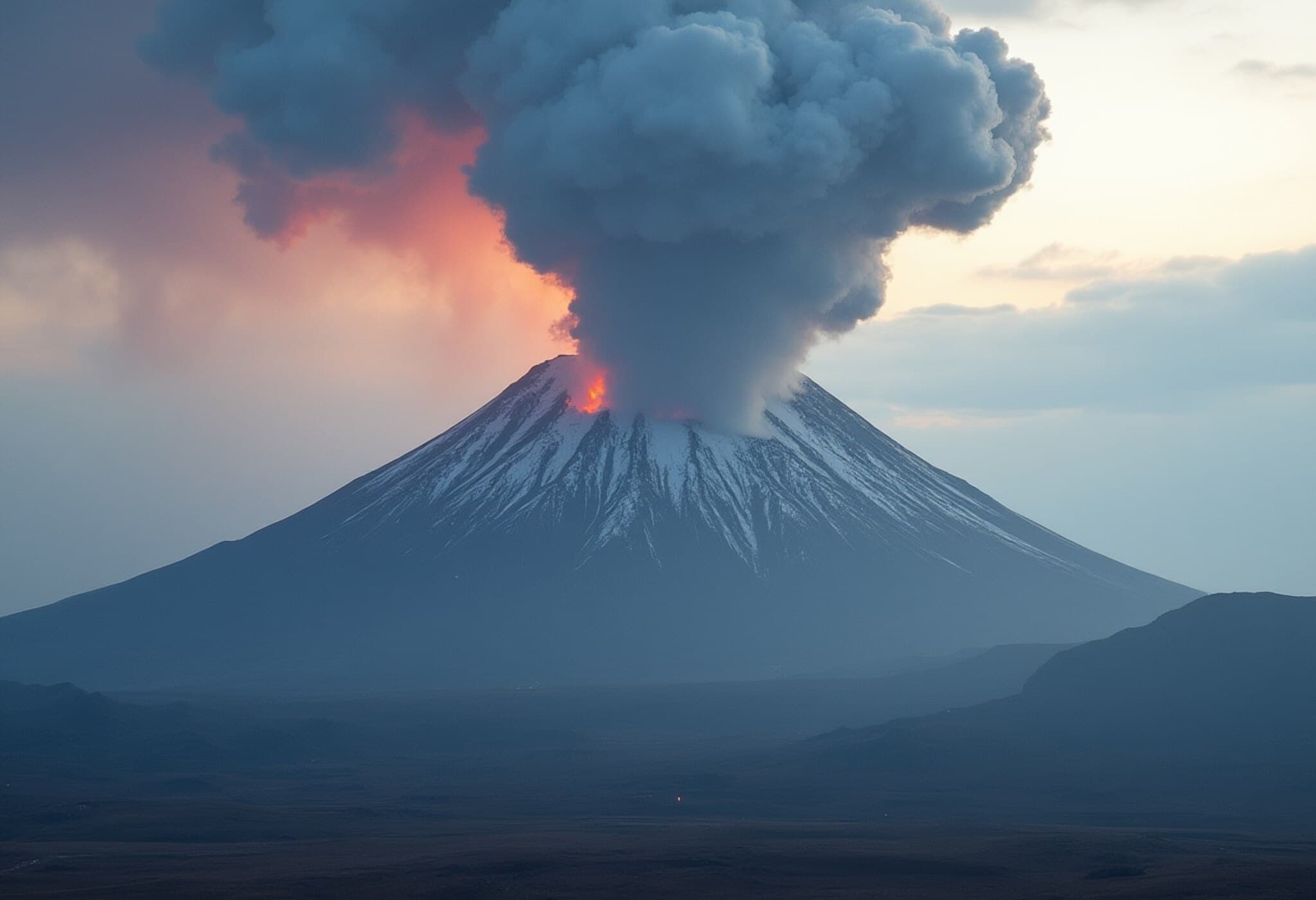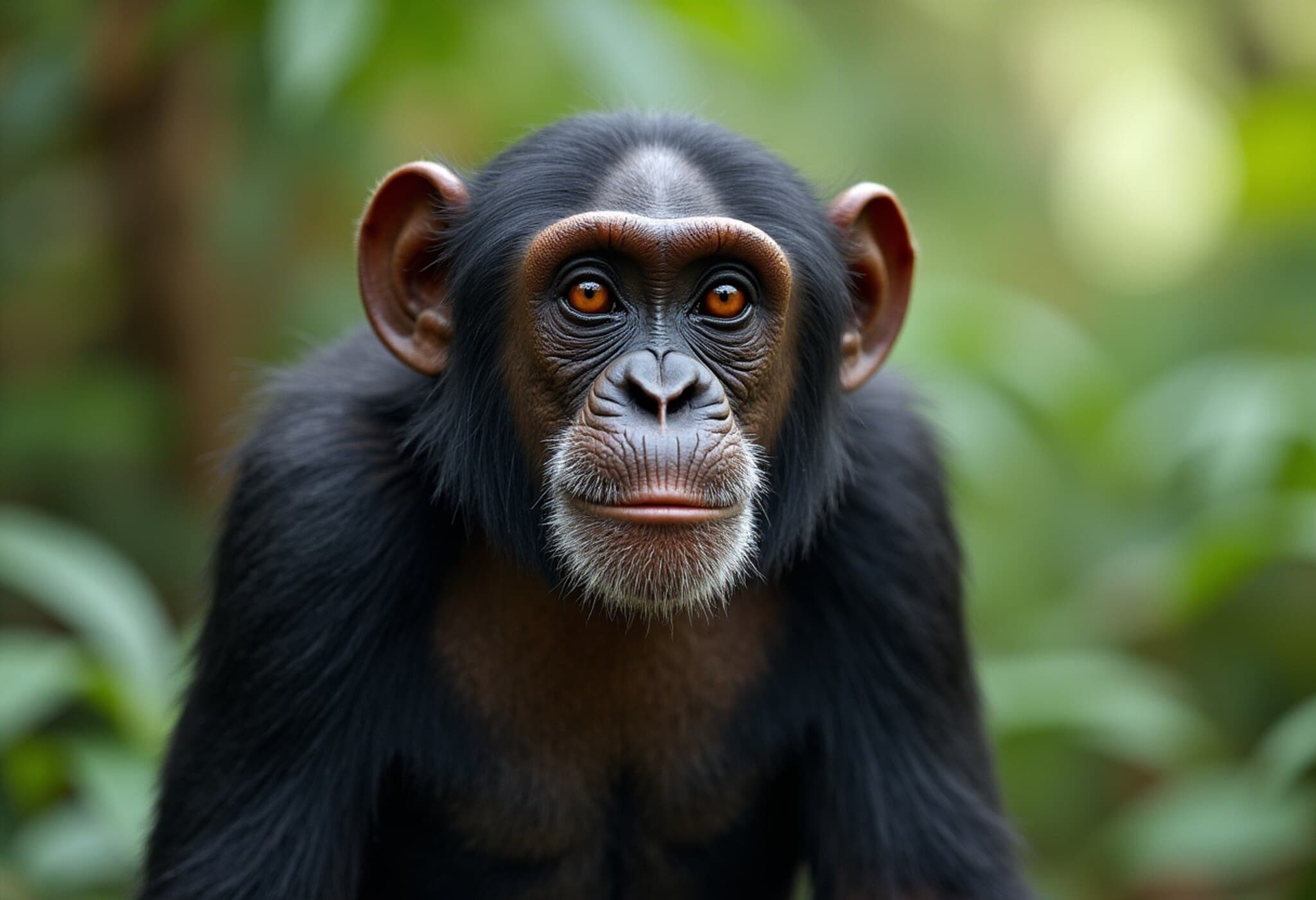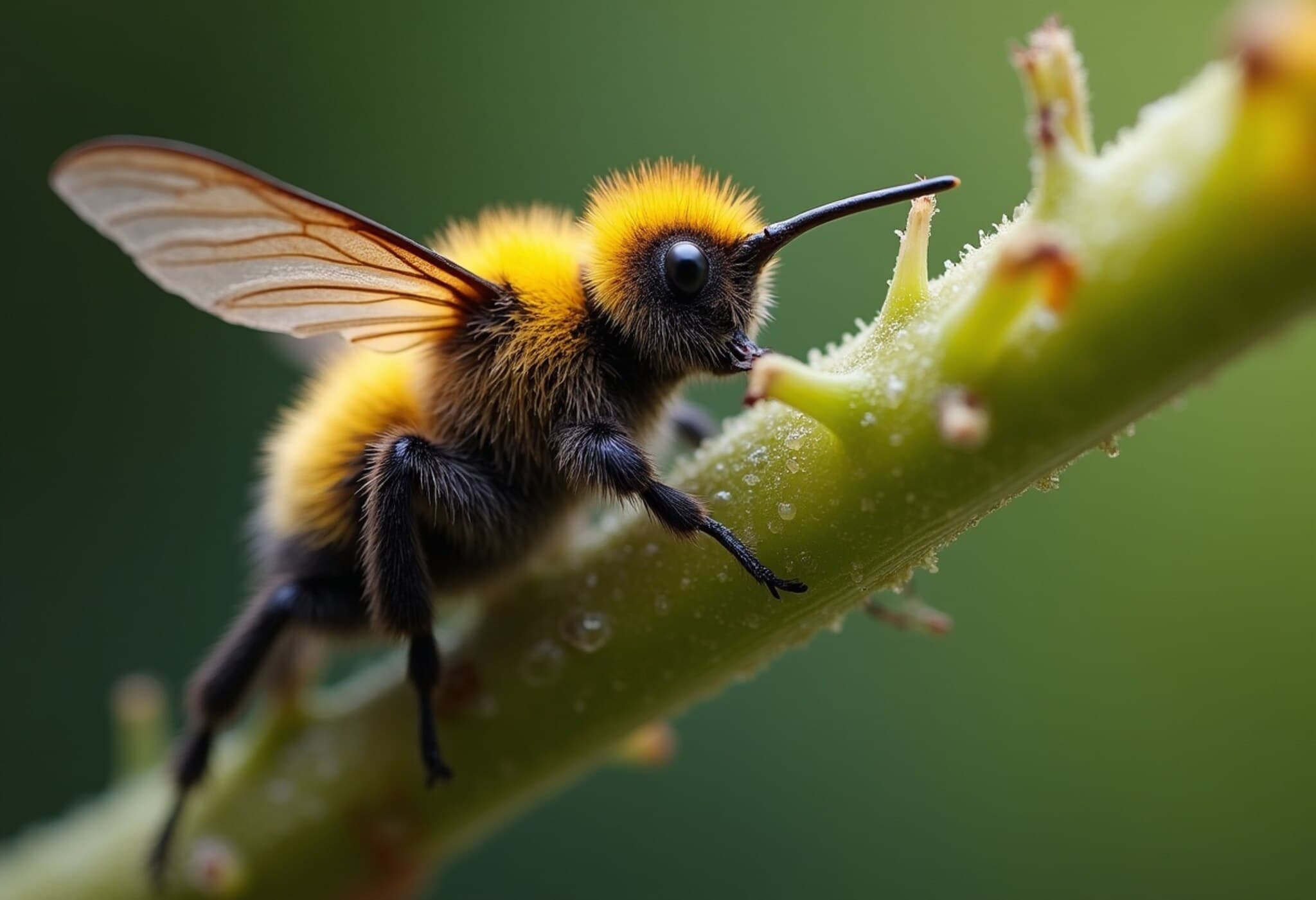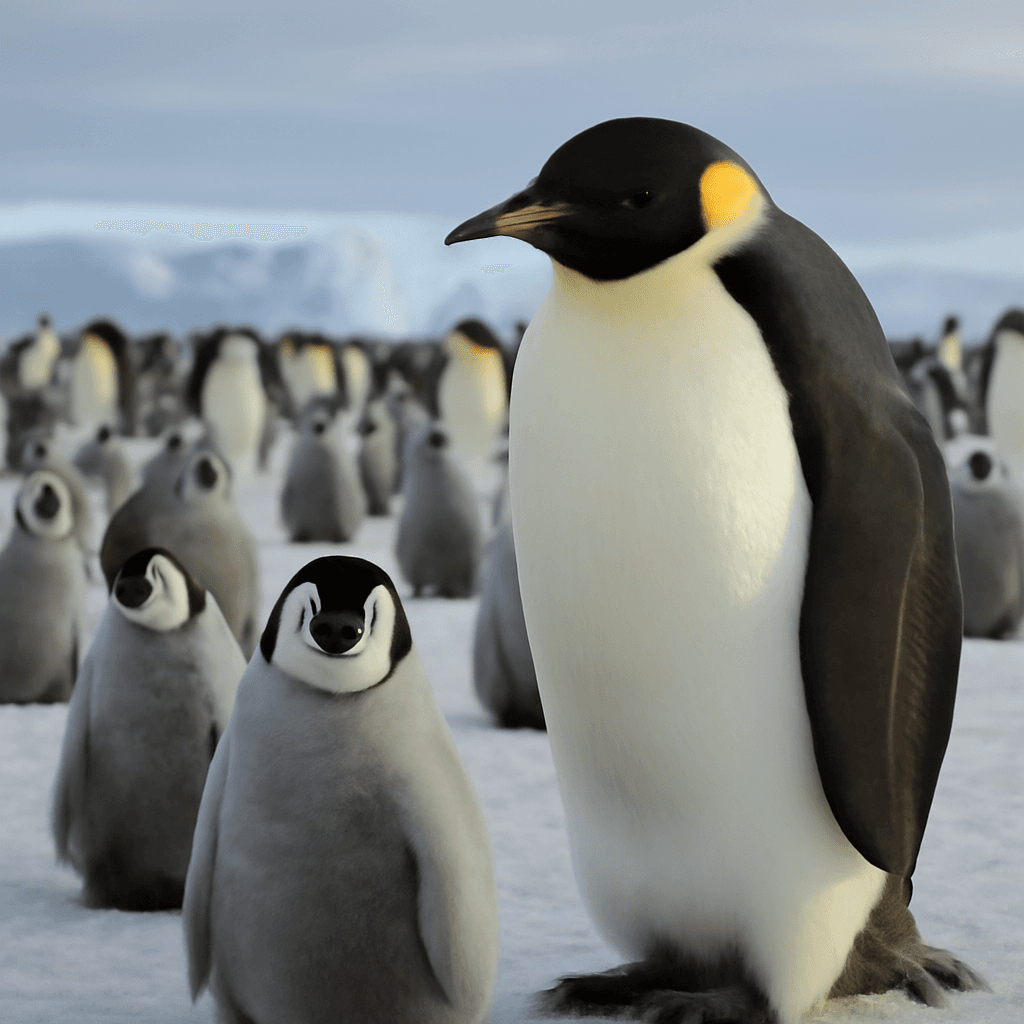China Unveils High-Tech Robot Antelope for Wildlife Conservation
In a remarkable fusion of technology and wildlife conservation, Chinese scientists have introduced a lifelike robotic antelope designed to integrate seamlessly into wild herds of the endangered Tibetan antelope, or chiru. At first glance, the artificial ungulate might deceive even seasoned observers; yet as it moves with a slightly mechanical gait, the robot’s synthetic nature becomes clear. Still, this advanced technology appears effective in its mission—to unobtrusively observe and collect crucial ecological data from one of the planet’s harshest environments.
Revolutionizing Wildlife Monitoring Through AI and 5G
The project, developed collaboratively by the Chinese Academy of Sciences and Hangzhou’s DEEP Robotics, harnesses cutting-edge AI vision systems paired with 5G connectivity to capture real-time insights into the behavior and migration patterns of chiru herds.
DEEP Robotics representative Meng Yuan noted in an interview with the Global Times that the robot can operate autonomously up to two kilometers away in open terrain, navigating steep slopes and muddy wetlands that would challenge human researchers or traditional camera traps.
Project lead Lian Xinming emphasized, “Our robot’s AI vision recognition allows it to gather continuous data on feeding habits, migration trends, and calf development, transmitting this information instantly to a central hub for analysis.” This approach not only reduces human disturbance but provides a level of precision and continuity previously unattainable.
Tibetan Antelope: A Species Balancing on the Edge
The Tibetan antelope, native to the Qinghai-Xizang plateau, endures some of the world’s most extreme weather—where temperatures frequently plunge below -40°C in winter. Their survival hinges on a dense, woolly undercoat, the source of the highly prized shahtoosh shawls. These coveted textiles have a dark side: each can require wool from three to five animals, and obtaining it demands the animal’s death.
This illegal poaching severely decimated antelope populations—from over a million at the century’s start to below 75,000 by the mid-1990s—prompting urgent conservation efforts.
Redefining Conservation in an Era of Technological Innovation
Deploying a robot antelope equipped with autonomous navigation and AI represents a novel strategy to combat wildlife decline. Traditional methods like camera traps or human trackers often fall short due to human presence altering animal behavior or the logistical challenges posed by Tibet’s rugged terrain.
By blending into the herd, this robotic sentinel captures continuous, detailed data without distressing the animals—a critical advantage as conservationists seek to understand and mitigate threats posed by poaching, habitat loss, and climate change.
Broader Implications and Future Directions
- Technological sovereignty: China’s homegrown robotic and AI capabilities underscore its growing commitment to protecting native species through innovation.
- Potential for global adaptation: Similar technology could enable monitoring of elusive or endangered species worldwide, decreasing reliance on intrusive or hazardous fieldwork.
- Ethical concerns: The project raises questions about the line between surveillance and intervention in wild ecosystems, warranting transparent regulatory frameworks.
Editor’s Note
The introduction of a robotic antelope on the Tibetan plateau offers a compelling glimpse into the future of wildlife conservation, where technology and biology intersect. While this AI-powered sentinel promises to deepen scientific understanding and aid endangered species protection, it also invites critical reflection on balancing innovation with ecological ethics. How will such technologies reshape our relationship with the natural world? And can they contribute meaningfully to curbing biodiversity loss amid escalating environmental pressures?
As we watch this robotic pioneer tread the rugged tundra, one thing is clear: blending human ingenuity with respect for wildlife is essential in crafting resilient conservation strategies for the 21st century.

